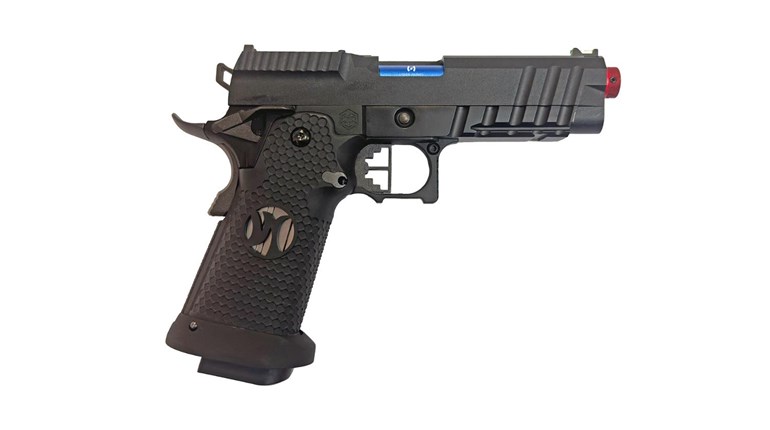
We know that in real-world conflicts just about anything can happen. Most of our defensive practice is done with our strong hand, the shooting hand, and this is as it should be. However, there may be times when that hand and arm are not able to perform their necessary function–as in saving your life. Obviously, you may be hit in that hand or arm. But it may also be that the crook is smart enough to grab that arm to keep you from drawing a gun or throwing a punch.
This is the reason that most defensive schools include some training and practice in shooting with the support hand. The problem with a class on a square range is that it is difficult, if not impossible, to practice the defensive draw with the support hand without creating safety issues. Working on the support hand draw is difficult to do without covering those around you with the gun muzzle.
However, the support hand draw can easily be practiced at home during your dry practice with your unloaded pistol–I did say UNLOADED pistol, didn't I? Depending upon where you choose to carry your defensive pistol, you may work out a method to reach across the front of your body, or reach behind your back. A person's particular physique may also dictate which method you use.
You will find that the support hand draw is much slower than the conventional defensive draw. But practice will make it a more positive move and a bit faster. This dry practice session may also cause you to rethink where you carry your defensive handgun.
It may also cause you to change the type of holster that you have been using. I will not wear a holster that does not allow for a support hand draw. Thumb snaps, safety straps, and other retention devices, may work against you and make you change to a different rig for defensive carry.
I usually carry my 1911 just behind my right hip bone. The concealed-carry holster that I use does not have a thumbsnap or safety strap device. And I have found that I can reach behind my back and draw my .45 reliably with my left hand.
Granted, the need to make a defensive draw with the support hand may not happen very often. But it is a technique that each shooter must work out on his own and be prepared to deploy. Having such a plan ahead of time minimizes the hesitation that comes with not knowing what to do next.




































